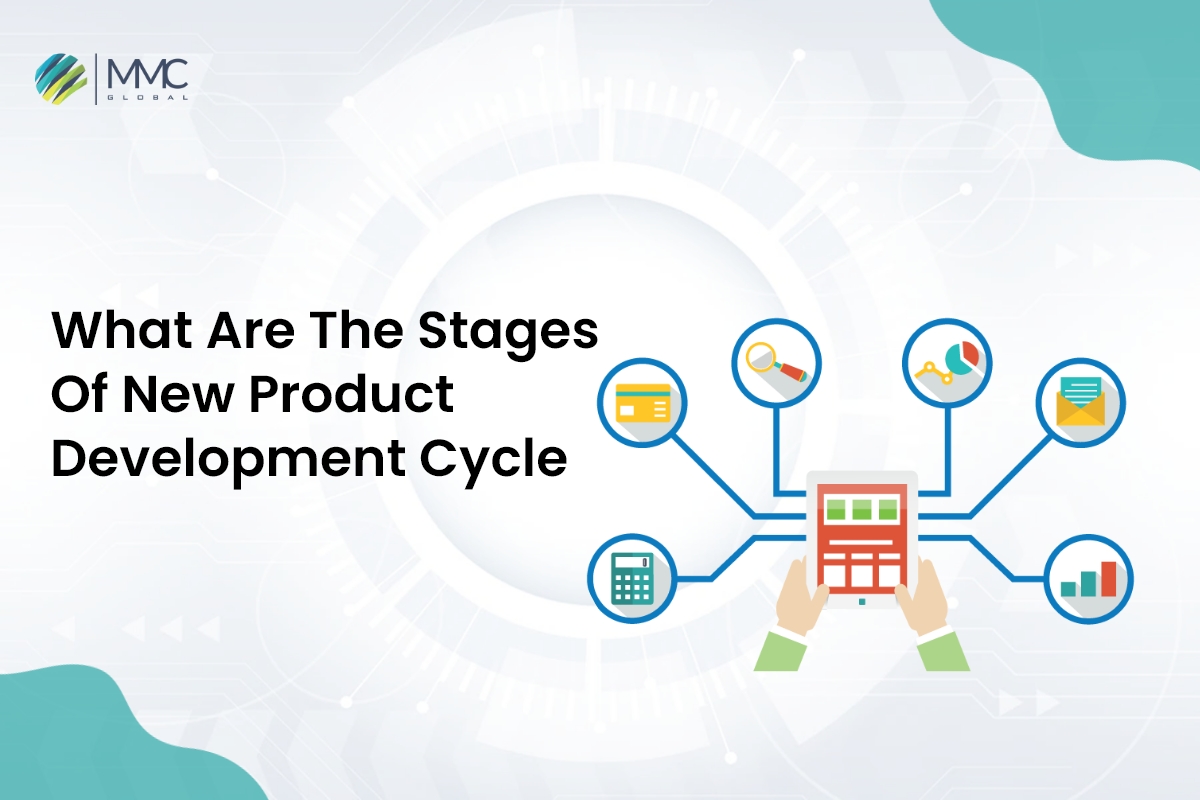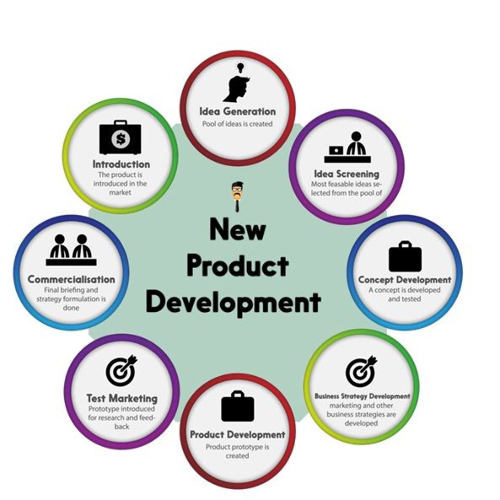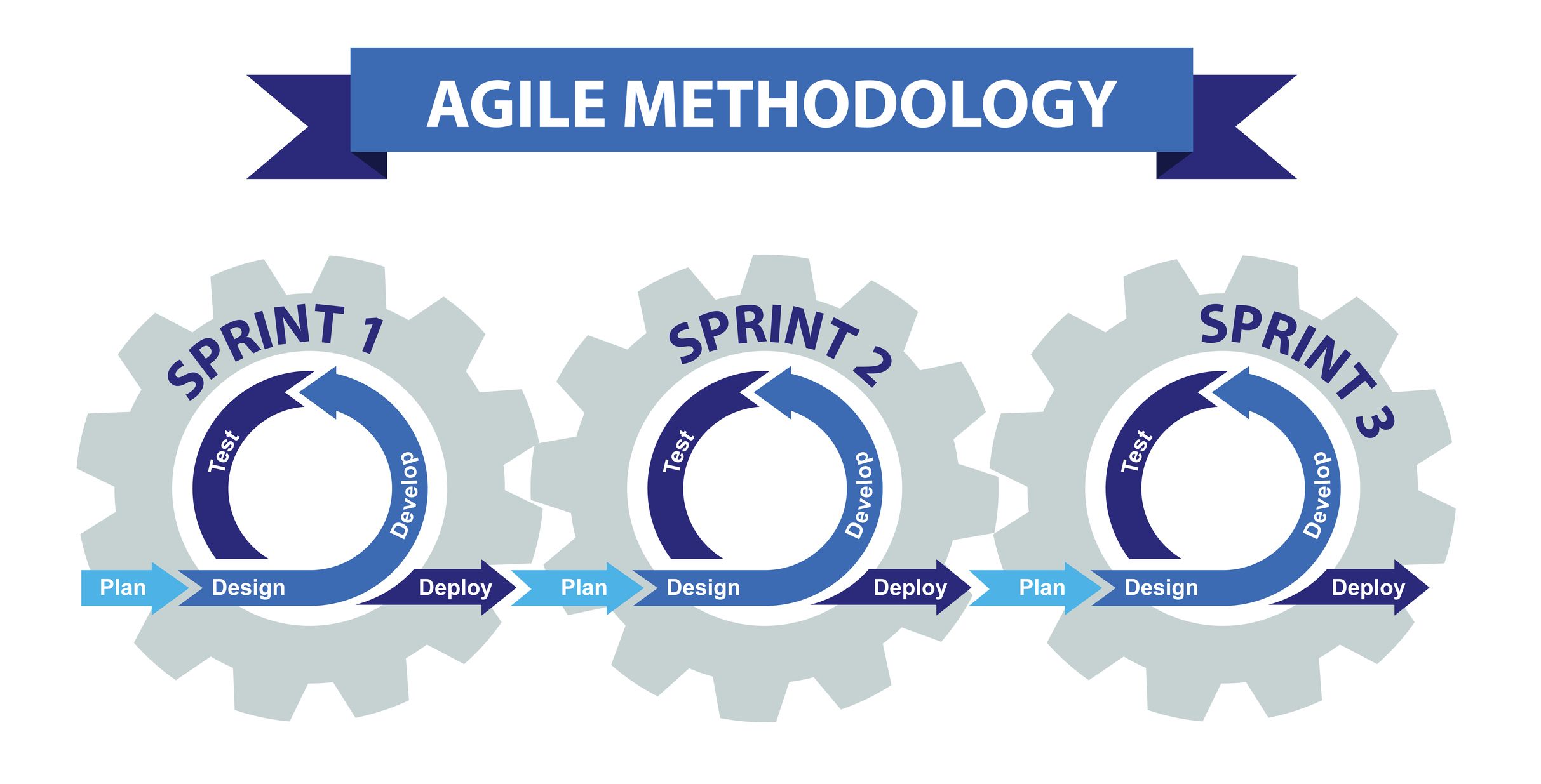What Are The 7 Stages Of The New Product Development Cycle


What Are The 7 Stages Of The New Product Development Cycle
Is it essential to introduce new product development in the market? The human mind is always circulating with thoughtful ideas. And when you come up with a new idea in the market, a new product development cycle starts.
Technologies are full of generating ideas and then turning them into real-life examples to provide ease. Some of them start new product development, and some of them try to revamp existing technology by adding modern elements.
The current market is more interested in knowing about the “WHY” of any new product development. The “WHAT” comes later. To cater to this market with new product development ideation, You need to focus on a few main key areas, such as:
- Pain points of the intended audience
- Identify problems that your product will be the solution
- Focus on product discovery and
- Stay with the trend
To overcome all these areas, you need extensive market research. Start with conducting surveys, getting feedback, and then starting to think about your new product development.
What is The Product Development Cycle?
Product development is an ongoing process, and it is unstoppable because the human mind does not hesitate to think of new. Similarly, the product development cycle runs simultaneously i.e. ideation, validating PoC and prototype, MVP development, pre-launch, and post-launch. To put it another way, product discovery should persist throughout the life of the product.
New Product Development (NPD) refers to the idea that turns into viable software functions. The New Product Development process entails identifying a market opportunity centered on consumer wants, determining the viability of the idea, and producing functioning software.
Moreover, on the other hand, Product Development is an overarching framework phase. It refers to the six phases of the software development lifecycle. It focuses on introducing products that have already passed the Proof of Concept stage (POC). The New Product Development strategy entails working on a completely new concept with significant uncertainty around its development and potential acceptance.
The new product development cycle refers to the steps involved in moving a product from concept to market launch and afterward. A company’s product managers, developers, designers, QA testers, and other departments are all involved in this cycle.
Read more: Mobile App Development Beginners Guides
New Product Development Cycle
Product development needs patience as it is a lengthy process, but the end result will be incredible. Before knowing these stages, you can not proceed with your new product development. So, let’s explore the 7 stages to start your product development as soon as possible.

product development stages
Stage 1: Ideation
This is the stage of brainstorming. The product team searches for solutions to help its user personas solve difficulties. The team will produce various product concepts during this period.
The objective should generate a large number of good ideas that can build the New Product Development approach. The main focus for stage 1 should be on organizing brainstorming sessions with the primary goal of solving consumer concerns.
This phase isn’t about coming up with flawless solutions that can be implemented right now. Instead, fresh and untested ideas should be explored in order to be selected later.
What Should I do?
- First, start emphasizing problems rather than solutions. Once the problem is defined well, then half of the problem is solved. Put yourself into other shoes and think about the issues that you can face. The more problems you list down, the more effective your solution will be.
- List down all the problems and prioritize the urgent ones. Also, you can categorize the nature of problems that focus on the same issue. Figure out if the problem is avoidable or unavoidable or the importance of addressing it urgently.
- It would be great if you got unserved problems that could help you to come up with innovative brands in the market. Think carefully about that problem before your competitors start resolving it.
- It’s time to hunt for solutions now that an issue has been discovered. There should be possible New Product Development possibilities for every consumer concern.
- This is the process that starts with a problem and concludes with solution brainstorming. Now the last step of this stage is to narrow down the possible solutions. Discuss it with the experienced professionals in your organization and get a viable outcome.
If you are a startup owner and need to build new product development, it is better to consult with industry-leading consultants. At MMC GBL, we provide consultation on your required needs. And when it comes to building your new product, we will never hesitate to start the development. We consult, give multiple options regarding the project, meet and greet with the development team, and send the proposal for the product development cycle.
Stage 2: Idea Validation
This stage of New Product Development is all about deciding which concept has the best chance of succeeding. Place all of your ideas on the table for internal assessment. That is, for concept screening, seek persons who have industry understanding and experience in the sector.
Prioritize a proof of concept (POC) while developing a new product development concept since it allows you to test the idea’s practicality. It’s pointless to focus on a concept that isn’t technically viable to implement.
Find our advice from the Agile Development team. Their knowledge may help in understanding the technical side of things, which can then support in shortlisting ideas worthy of a proof-of-concept.
You can also opt for a SWOT analysis. It is the best practice to find out what strengths and opportunities overcome the weakness and threats.
Stage 3: Development & Testing
Prioritize developing a thorough version of the idea and user stories before beginning the New Product Development process.
This value proposition analysis is the initial stage in developing and testing a notion. At the very least, it guarantees that flaws in the strategy are identified sooner, allowing the team to alter course sooner. This helps to prevent the accumulation of technical debts.
Concept development is the term used in the new product development cycle. It contains 5 easy steps that must be considered for the development and testing stage:
Emphasize Customer Need
If you want to get a high return on investment, then you should make your product according to your audience’s needs. The overall strategy from ideation, benefits, uses, and other factors must be customer-centric.
Competitive Analysis
The most important step in which you can analyze your competitors’ strategy. Your aim is to know what your competitors do so you will be even better. Identify all the positive and negative points of your competitors and observe the little information and blackness that can be helpful for your strategy.
List Down Primary features
Whether you are going to launch a tangible product or intangible, list down the main features that can be included in your new product development. Your features must be problem-solving options in your product development.
Make your list flexible for additional features in the future. For instance, if you are building a food application that only assists you in accessing nearby food restaurants. But in a few months, the application needs additional features such as online table reservations and access to state-wide restaurants, and it can be anything.
Value Proposition Chart
Even after being sure of an idea’s wisdom and utility, being able to articulate it properly to the end-user in their context is a different story. The end-user must have a clear understanding of what the new product is capable of.
Concept Testing
It’s time to offer the value proposition to the group of clients you’ve chosen. The evaluation of the efforts thus far will be based on how they view the concept. If the concept does not appear to be viable, it is prudent to repeat the idea screening processes in order to create a new product.
Stage 4: Building Market Strategy
The goal of a marketing strategy is to devise a method of reaching out to a certain audience. Following McCarthy’s 4Ps of marketing for a New Product Development project is maybe the finest and most easy technique.
This business study will assist decide whether the New Product Development activities are worthwhile or not.
It is critical to plan the selling price in a well-informed manner by determining the product’s base price. The best technique to figure out what the basic pricing is is to do the following:
- Cost-based pricing structure
- Market-focused pricing
Stage 5: Product Development
Once the new product development idea comes to life, sets the market strategy, and completes the business analysis, now it’s time to continue the product life-cycle development process.
New product development begins with the creation of a prototype, followed by the creation of a minimum viable product (MVP).
Prototype
This focuses on developing the product’s user interface and user experience, which is subsequently shared with stakeholders. This helps in envisioning the finished product and determining if it adheres to ergonomic best practices.
Minimal Viable Product
This focuses on using Agile to build on user stories for the New Product that will set it apart from the competition. The MVP is introduced in the market with minimum functionality when designing, developing, and testing. The outcome of subsequent iterations is determined by the original answer.

USF Health
Agile Product Development, which emphasizes incremental and iterative development while emphasizing collaboration and communication. It is the ideal way to approach New Product Development.
Agile has the advantage of speeding up software development while preserving communication and coordination amongst development teams.
Read more: How to Start Successful iOS Application Development?
Deployment
When the MVP is complete, the focus shifts from development to deployment in a live environment. This method includes adopting a DevOps mindset and putting in place a CI/CD pipeline.
Discussing several stages of deployment:
Commit
- The code for the old functionalities transforms with the newly designed functionality.
- The integrated code is tested by a quality assurance team to guarantee that it functions properly.
- Jenkins and other CI/CD systems conduct automated unit tests and sanity tests to ensure that code is working properly.
Build
Developers use Docker technologies like Gradle, Packer, and AZK to publish software items into the registry.
Alpha Deployment
Developers evaluate the performance of new builds as well as the relationships between them.
Beta Deployment
Manual testing of the new product to ensure that its overall performance and output efficiency are valid when all input circumstances are considered.
Production Deployment
In this step, the developers live the product publically. That means it is now accessible and available for end-users to employ.
Stage 7: Finally, Market Your App
When it comes to the market, the suitable word is commercialization. In this term, we will cover marketing and selling new product development all the way through. Commercialization is basically production, distribution, marketing, sales, and customer support.
None can prevent a product from gaining attention and being a product-market fit if all of the previously described techniques are implemented correctly. Here are some marketing efforts to help the product achieve traction:
Concept Over Product
The premise is simple: instead of continually talking about the product’s characteristics, discuss the concept and the product’s aim. In a nutshell, explain how the product will simplify the customer’s life.
Raise The Brand Voice
A distinctive thought and voice always attract a large audience. This is when the marketing department comes in handy. They must develop a successful communication style that accurately portrays the brand.
Conduct Webinars
Webinars are a good approach to getting good leads. Arrange webinars to explain how the new product will help the audience and the new features that will be released.
Conclusion
So here it is! Finally, the 7 stages of new product development are going to end. The whole process of the product development cycle helps you to build sustainable and reliable products. So, there is not a single element that will miss.
Moreover, if you are going to develop application software and don’t know where to start, this article will be helpful to you. Also, consulting our team, who have a good command of product development, provides another level of satisfaction. We pledge to build robust software development that increases productivity, boosts your sales, and enhances product viability. At MMCGBL, we choose strategies that are viable for both the end user and you!



